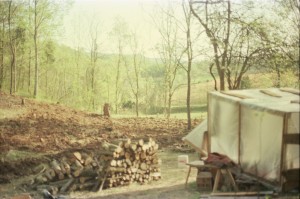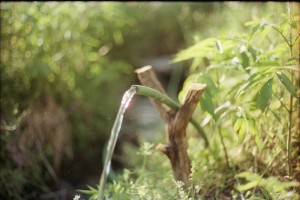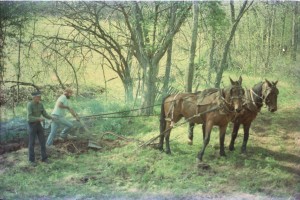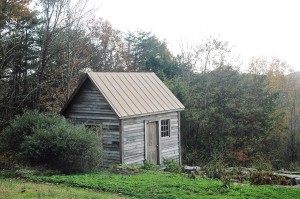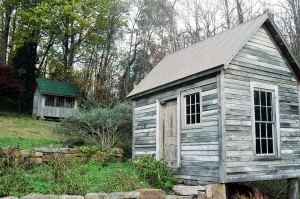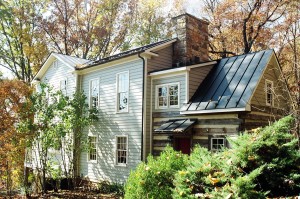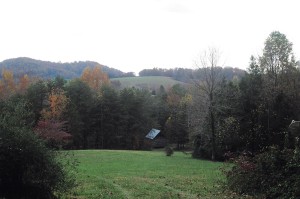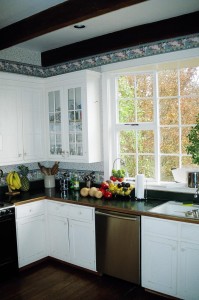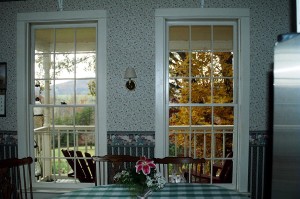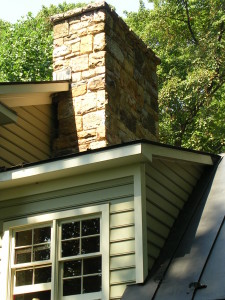Humble beginnings… part 3
We raised our food in the garden that we created.
We got our water out of a spring located on our property.
We kept our food cold in a make-shift refrigerator that I put together in the stream.
We slept in a “tent” that I built out of old lumber and plastic for eight months, as we built a small home using materials that we had salvaged from an old house, an old barn, and an old school.
We lived a simple life with no clocks, or calendars. But we had plenty of candles and books.
And then, children happened.
We moved back to Virginia and I began building for others. The rest is history.
I have shared all this with you to reveal a bit about myself, but also to remind us all that where we live, and how we live, is a choice. There is always another option. Anyone can have a handmade house, even those lean-in-the-wallet… but, it might require sacrifice and discomfort.
Originally posted 2015-03-30 13:49:16.

